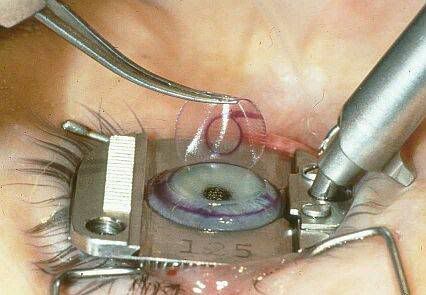
Custom Lasik
The most advanced laser technology used for treating visual problems based on the unique characteristics of the eyes is known as custom LASIK. Custom LASIK is also known as wavefront or wavefront-guided LASIK. It employs three-dimensional measurements to determine the ways in which the patient's eyes process images, and guides the laser in reshaping the front portion of the cornea accordingly. Extremely precise and individualized vision corrections can be achieved using the custom LASIK procedure that usually becomes very difficult, even impossible at times, with the traditional way of a LASIK surgery.
In order to reap the benefits of a custom LASIK treatment, patients first need to be qualified according to the FDA (Food and Drug Administration) guidelines. Each pair of eyes is unique. Depending on the thickness of the cornea, the degree of visionary defects, the presence of myopia, hyperopia, or astigmatism, and the specific make and model of the laser system, the patient is considered eligible for custom LASIK surgery.

Custom LASIK surgery is considered to very effective because not only does it improve visual acuity, but also increases the quality of the vision, which, in turn reduces the risks and complications that usually take place after regular LASIK surgery. The overall quality of vision depends on the combination of lower order and higher order aberrations also known as refractive errors. Lower-order aberrations include nearsightedness, farsightedness, and astigmatism. Higher-order aberrations cause night vision, shadows, glares, halos, and decreased contrast sensitivity. Regular LASIK surgery treats the lower-order aberrations, whereas custom LASIK has the potential to arrest both lower and higher order aberrations.

The operating surgeon performing the surgery uses the wavefront device for transmitting a safe ray of light into the patient?s eye. The posterior portion of the eye then reflects the light back into the abberometry device through the pupil. The wave of this reflected light is then received and arranged in a unique pattern, measuring both the higher and lower order aberrations and displaying the results in a three-dimensional map. The received information is electronically transferred to the laser, and matched with the position of the patient?s eye. The surgeon then customizes the LASIK procedure according to individual visual requirements.
By Kevin Stith

Custom Lasik

No comments:
Post a Comment
Hi, please feel free to share your comment here.
For example: Which pictures is the best?
Thanks,
Admin